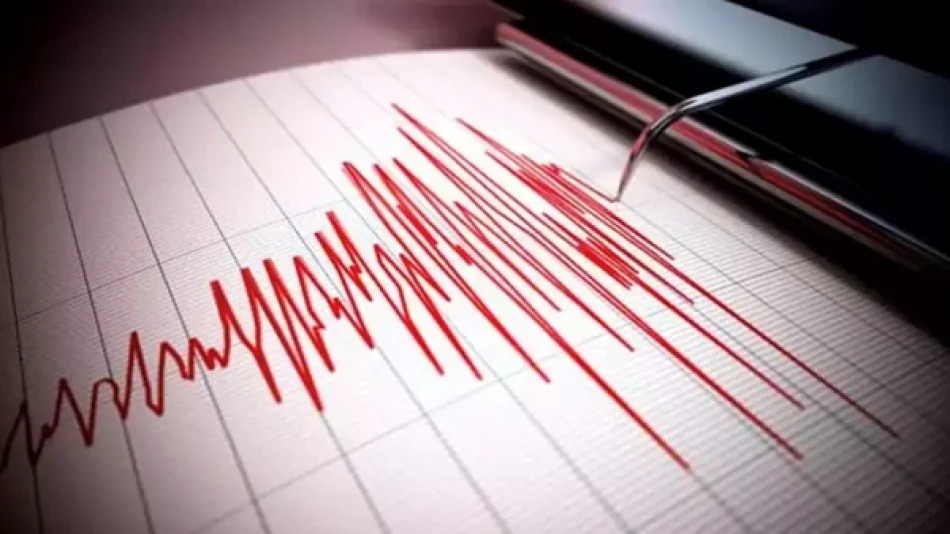
Magnitude 3.0 Earthquake Rattles New York Region, Raising Awareness and Preparedness
Minor 3.0 Earthquake Rattles New York Metro Area, Highlighting Region's Seismic Activity
A small but noticeable earthquake measuring 3.0 on the Richter scale struck the New York metropolitan area Saturday evening, centered in Hasbrouck Heights, New Jersey—less than 8 miles west of Central Park. While causing no damage, the tremor quickly became a social media sensation, underscoring how even minor seismic events capture public attention in a region not typically associated with earthquake activity.
The Tremor's Impact and Public Response
According to the U.S. Geological Survey, the earthquake occurred at a depth of approximately 6 miles, with its epicenter in the New Jersey suburb. Residents across the metro area reported brief but distinct shaking, with one Brooklyn resident describing it as "very short, just a slight sway for a moment."
The event immediately sparked widespread discussion on social media platforms, with thousands of residents sharing their experiences. Even the official Empire State Building account on X (formerly Twitter) joined the conversation with a lighthearted post stating, "I'm fine."
Context: New York's Surprising Seismic History
While earthquakes in the New York area often surprise residents, the region experiences more seismic activity than many realize. The Northeast sits on ancient fault systems that occasionally produce small to moderate earthquakes, though they pale in comparison to activity along the West Coast's active plate boundaries.
Recent Regional Activity
Saturday's tremor was significantly weaker than a more substantial 4.8-magnitude earthquake that struck Tewksbury, New Jersey, in 2024. That event, located further west of the city, served as a reminder that the region can experience more meaningful seismic activity, though still well below the threshold for structural damage.
Why Small Earthquakes Matter in Dense Urban Areas
Despite its minor magnitude, Saturday's earthquake highlights important considerations for one of the world's most densely populated metropolitan areas. The New York region's infrastructure, much of it built before modern seismic building codes, faces unique vulnerabilities even from moderate earthquakes.
Emergency Preparedness: Events like this serve as valuable reminders for residents and officials to maintain earthquake preparedness plans, despite the region's relatively low seismic risk compared to California or Japan.
Infrastructure Assessment: Each tremor provides data for scientists studying the region's geological characteristics and helps inform building codes and emergency response protocols for potential larger events.
The Social Media Earthquake Phenomenon
The rapid spread of earthquake reports on social media demonstrates how digital platforms have transformed seismic event reporting. Within minutes of the tremor, posts flooded Twitter, Instagram, and other platforms, creating real-time documentation that supplements official monitoring systems.
This immediate public response serves multiple purposes: it helps scientists gather felt reports from across the affected area, provides reassurance to residents wondering if they actually experienced an earthquake, and creates a shared community experience around what can be an unsettling natural phenomenon.
 Layla Al Mansoori
Layla Al Mansoori







